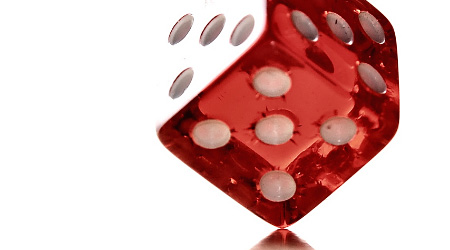What Does Balance Transfer Mean?

Paying a credit card balance in full each month is the best way to avoid interest payments and the possibility of building up debt over time. Unfortunately, life is not always so accommodating and can throw unexpected expenses and emergencies in your way resulting in a credit card balance that grows in just a few months. When this happens, and if the balance cannot be paid off in a reasonable amount of time, then balance transfers can be a viable alternative to paying high-interest credit card debt. It is important to understand how balance transfers work and what fees are involved with using them to move debt.
A balance transfer is actually a very simple process where one credit card company agrees to pay the balance to another credit card company effectively shifting the debt between lenders. There is a strong incentive for balance transfers from financial institutions and lenders. This is because even though most balance transfers offer a 0% introductory interest rate and waive balance transfer fees, the hope is that the transferred balance will stay unpaid so the new lender can collect interest for years to come. Balance transfers can be a win-win for both the new lender and consumer if used properly and all financial terms and conditions are understood and agreed upon. It is important to read the fine print so you are not surprised by any fees or when the introductory rate ends.
There are two types of balance transfers which include direct transfer between lenders or the use of balance transfer checks. A payment made directly from one credit card lender to another is often the most expedient and inexpensive option available. Lender A will receive payment for the outstanding credit card balance while Lender B applies the balance amount to the transfer credit card. The terms are typically an introductory 0% interest rate for between 6 and 12 months and the balance transfer fee which is normally $35 is waived. Balance transfer checks on the other hand often have a nominal interest rate of between 1% to 3% and almost never waive the balance transfer fee of 4%. This is important to consider because a balance transfer check for $10,000 will have an immediate fee applied of $400. If it is a 3% balance transfer interest rate for six months with a 4% balance transfer check fee then the effective annual percentage rate is 10% which could be more than the interest rate you're already paying.
A couple of additional considerations are what happens after the introductory rate is over and how do transferred balances differ from other purchases. Be sure to confirm the current interest rate on the credit card that you are transferring the balance to and make sure it isn't higher than what you are currently paying. If your current credit card balance has an interest rate of 8.9% and you are transferring the balance to a credit card at 0% for six months but 17% after that then you will be worse off over the long run. Unless you can pay the balance in full after six months you may wind up having to transfer the balance back to the original credit card. It is also important to note that transferred balances have their own interest rate while any additional purchases or cash advances have separate interest rates respectively. Some consumers make the mistake of transferring a balance at 0% and then use that credit card to make new purchases mistakenly believing those are also at 0%. When you transfer a balance it is recommended to not use either credit card going forward.
In summary, a balance transfer means moving a credit card balance from one financial institution to another. Sometimes they charge a fee and sometimes they don't and the lower interest rate usually lasts for 6 to 12 months. By understanding the basics of what a balance transfer means you can protect yourself and your finances from paying excessive fees and getting further in debt. Be sure to thoroughly read and document all balance transfer information in case you need to reference it in the future.
Elsewhere on StockMonkeys.com







